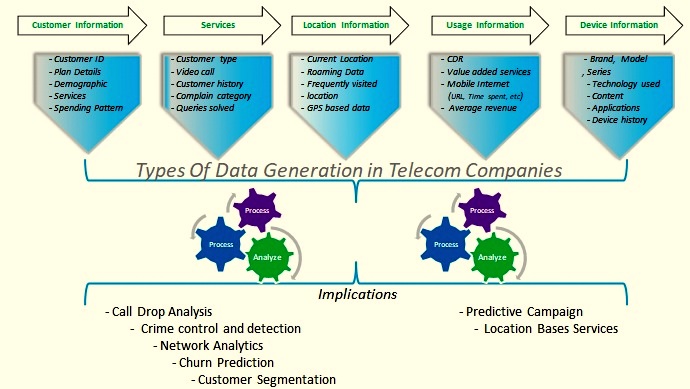In short, the initial architecture of the data warehouse was designed to provide analytical insights by collecting data from various heterogeneous data sources into the centralized repository and acted as a fulcrum for decision support and business intelligence (BI). But it has continued with numerous challenges, like more time consumed on data model designing because it only supports schema-on-write, the inability to store unstructured data, tight integration of computing, and storage into an on-premises appliance, etc.
This article intends to highlight how the architectural pattern is enhanced to transform the traditional data warehouse by rolling over the second-generation platform data lake and eventually turning it into a lakehouse. Although the present data warehouse supports three-tier architecture with an online analytical processing (OLAP) server as the middle tier, it is still a consolidated platform for machine learning and data science with metadata, caching, and indexing layers that are not yet available as a separate tier.




